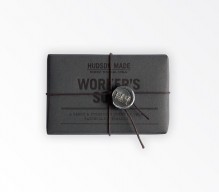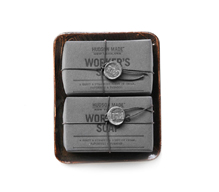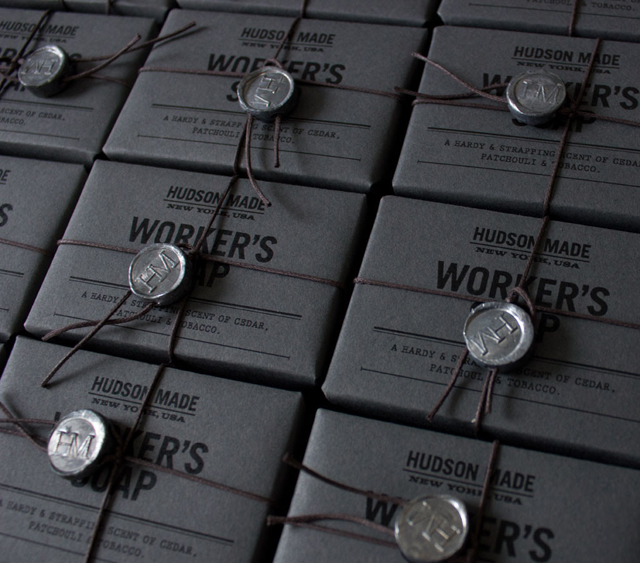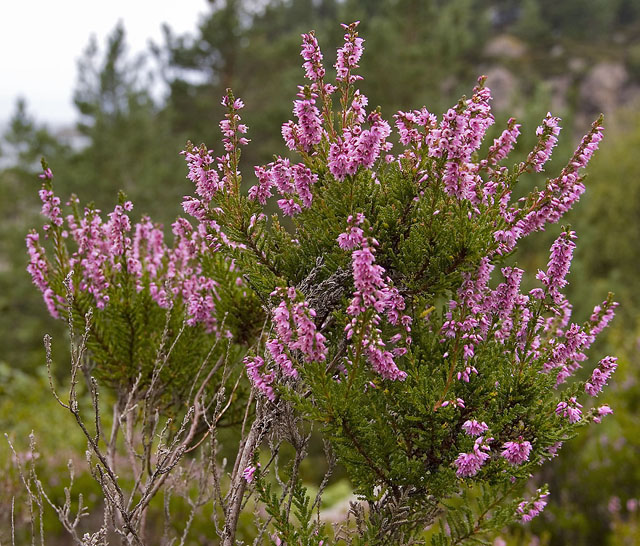If you recognize the word “patchouli” it may conjure up visions of Grateful Dead concerts, hacky sack-playing hippies, drum circles, or perhaps a line from Al Stewart’s song, “The Year of the Cat.” This essential oil, derived from a perennial herb native to Southeast Asia, was embraced by 1960s counter-culture—whether for its reputed aphrodisiac qualities or for its ability to mask the odor of a certain other herb popular at the time—is a matter of speculation.
The harsh, musky scent associated with that era, which most likely came from adulterated or synthetic versions, has overshadowed the diverse traditional uses of pure patchouli that go back thousands of years as well as the important role it plays in the modern fragrance industry. Retailer Kai D, a purveyor of tools and clothing for artisans, says today’s customers are increasingly looking for small batch products made using tradition-tested recipes and natural ingredients like essential patchouli oil. “There’s a sense of ‘old is the new new’.” Along with tobacco, cedar and other essential oils, patchouli lends its scent and therapeutic qualities to Hudson Made’s Worker’s Soap.
The medicinal benefits of the leaves and the oil extracted from this bushy plant related to mint, sage, and lavender have long been known in Malaysia, China and Japan. Scientifically known as Pogostemon cablin, patchouli grows wild in the high altitude forests of Sumatra and Java but is widely cultivated throughout subtropical Asia. Patchouli has been used to treat a variety of skin and scalp irritations like eczema, chapped skin and dandruff as well as for headaches, muscle spasms, anxiety and depression. It’s an important ingredient in incense, which was used ceremonially and for ritual purification.
In addition to its topical use, patchouli has been utilized in the Far East for its restorative properties. In Ayurvedic texts patchouli is regarded as having a calming and anti-depressant effect and is believed to improve self-confidence, will power and mental clarity—uses which to this day persist in aromatherapy.
Unlike spices from Southeast Asia, which made their way to Europe much earlier via Arab traders, patchouli was not a major import until the late 18th century. As trade with the East expanded there was growing fascination with exotic and imported items like intricate Kashmir shawls. Silks, rugs and woven fabrics arrived in European ports baring a mysterious aroma that came to be a marker of authenticity. That scent also served a highly functional purpose.
Chinese and Indian traders who knew of patchouli’s insect repellant qualities, folded their precious fabrics with crushed patchouli leaves to keep moths away. When French garment manufacturers discovered the source of the exotic aroma, they began importing patchouli and using it to ensure that their own fabrics had the mystique necessary to be valued in the domestic marketplace. Eventually, the many wonderful qualities of the oil were discovered and its use in fragrance gained popularity in the late 1800s.
Grown on small forest plots by farmers who hand-pick and shade-dry the leaves, patchouli is sometimes fermented for several days to break down the cell walls and maximize the yield of oil. The leaves are then usually bundled and transported to distilleries where the oil is extracted by steam distillation. Aceh is one of the areas known to produce oil of a very high quality. Unknown to most of the world, Aceh was thrust into the news spotlight as a result of the devastating 2004 tsunami, when this Indonesian region was almost completely destroyed. Humanitarian efforts continue to help bring back the cultivation and industry of patchouli oil in the area.
Pure patchouli has an aroma somewhat reminiscent of wet earth—rich, sweet and woodsy. Its foresty character provides an excellent base for floral blends using geranium, lavender, rose or jasmine. It also pairs well with other woody oils like cedarwood or sandalwood, and its spiciness can be heightened with the addition of cinnamon or clove. Unlike many other essential oils, it improves with age, losing some of its harshness and developing a fruity wine-like top note.
Patchouli is also an excellent “fixative”—it slows down the evaporation of other more volatile oils, extending the life of their scents. Patchouli’s versatile profile and fixative characteristic make it a highly prized ingredient among today’s high-end perfumeries. Today, you’re just as likely to catch a whiff of patchouli on Fifth Avenue as you were in the head shops of the ‘60s and ‘70s.
 |
 |
 |
| Hudson Made: Worker’s Soap | The Working Man’s Dopp Kit | Double Shift Worker’s Soap Collection |




